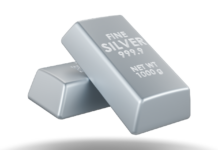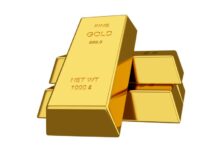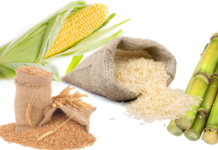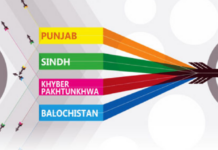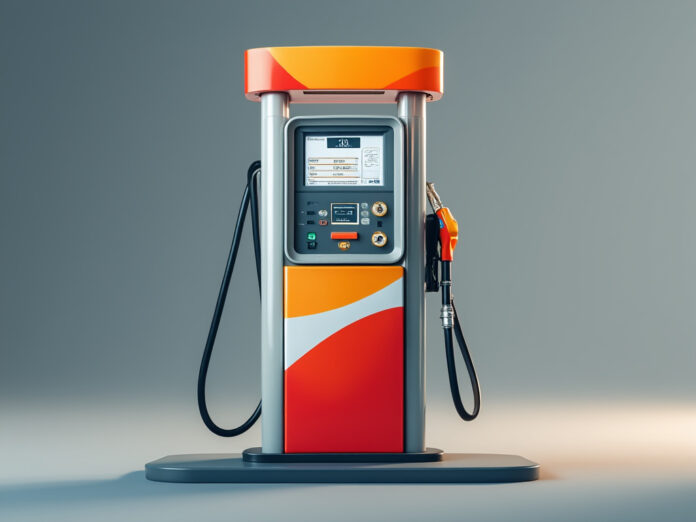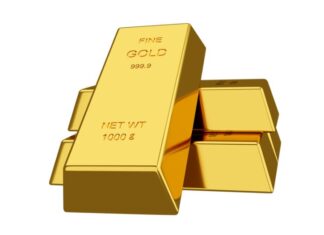The federal government once again has refrained from passing on the full benefit of declining international oil prices to consumers, maintaining the petrol price while reducing the cost of high-speed diesel by Rs2 per litre for the fortnight ending May 31.
In a late-night notification, the Ministry of Finance announced that the Oil and Gas Regulatory Authority (OGRA) had revised petroleum product prices following global market fluctuations. The ex-depot price of high-speed diesel was cut from Rs256.64 to Rs254.64 per litre, whereas petrol remained steady at Rs252.63 per litre.
Currently, the government imposes approximately Rs96 per litre in taxes on both petrol and diesel. Although general sales tax (GST) on petroleum products is zero, a petroleum development levy (PDL) of Rs78 per litre and a customs duty of about Rs17 per litre are applied uniformly on these fuels. Additionally, distribution and sales margins account for roughly Rs17 per litre, benefiting oil companies and dealers.
Over the past two months, the government has withheld about Rs18 per litre of potential price reductions by raising the petroleum levy through a special presidential ordinance. This move aims to control rising fuel consumption while redirecting revenue to subsidies on electricity and infrastructure projects in Balochistan and Sindh.
To address losses faced by refineries and oil marketing companies (OMCs) stemming from changes in the Finance Act 2024-25—which reclassified petroleum products as “exempt,” making input sales tax non-refundable—the Petroleum Division has successfully proposed increasing the Inland Freight Equalisation Margin (IFEM) by Rs1.87 per litre.
The Rs34 billion shortfall for fiscal year 2025 is expected to be recovered gradually through this adjustment over 12 months, with the surcharge set to end automatically after the 13th month.
Petrol and high-speed diesel continue to be major revenue sources for the government, with monthly sales ranging between 700,000 and 800,000 tonnes, compared to only 10,000 tonnes for kerosene.
The recent reduction in diesel price will primarily affect the transport sector, which relies heavily on high-speed diesel for trucks, buses, trains, tractors, and agricultural machinery. Changes in diesel pricing often influence the cost of essential goods such as vegetables.
Petrol, used mainly in private vehicles and smaller modes of transport like motorcycles and rickshaws, directly impacts middle- and lower-income households.



